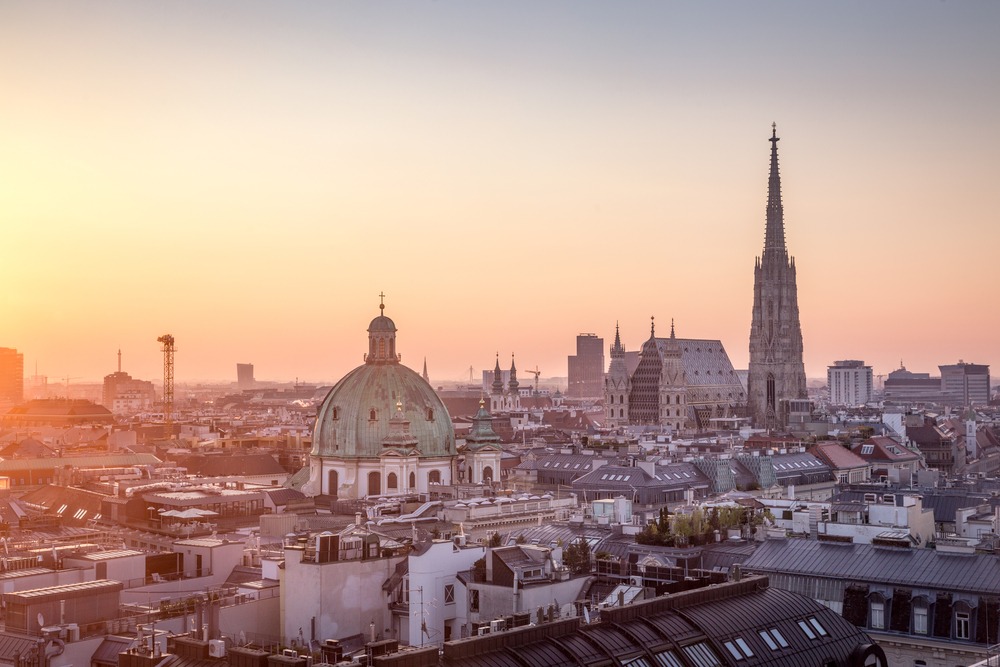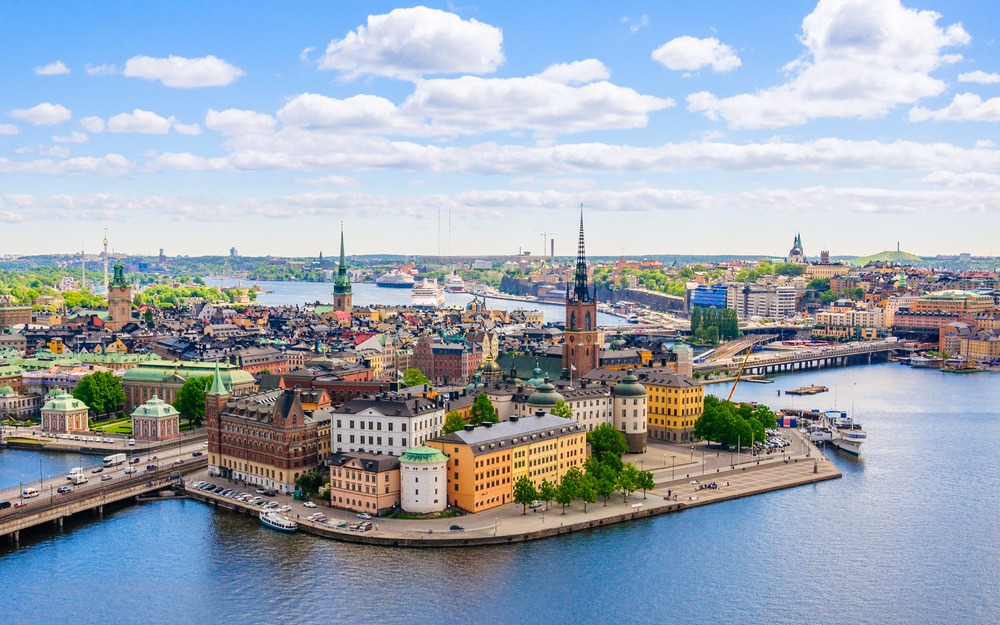The world is finally starting to see the first glimpses of hope that the pandemic may be coming to an end. Now, a new set of questions arises: How do cities open back up? How do we stay safe from now on? And, when will people return to work and school? A few countries around the world are planning on lifting their lockdowns soon, and have given insight into their plans for ending the weeks-long quarantines.
CHINA

Wuhan, China (Photo: sleepingpanda)
Wuhan was the first city to enter a lockdown. It is believed that the coronavirus began at a live market in Wuhan and was transmitted from a bat, to a pangolin, to a human host. On January 23rd, the Chinese government put Wuhan and other cities within the Hubei province on total lockdown, which lasted an astonishing 76 days. In early April, the city of Wuhan reopened, and for the first time since January, allowed residents to leave the city.
The end of the lockdown was met with a light show and celebration, but the city isn’t fully in the clear yet. Many shops remain closed and most restaurants have only reopened for takeout. Movie theaters and entertainment venues also remain closed, and certain hard-hit apartment complexes are still under lockdown, with only those carrying a “green” code of health allowed to leave. The re-entry process for Wuhan is set to be a very slow and very gradual one.
CZECH REPUBLIC

Prague, Czech Republic (Photo: Oleksiy Mark)
The Czech Republic was one of the first nations to declare a national emergency, and the nation’s capital, Prague, was the first government to mandate wearing masks in public. This allowed the country to transmit very few cases of COVID-19 compared to its surrounding neighbors.
Now, thanks to their efforts, and low numbers of confirmed cases, the country is easing restrictions. On April 7th, people could jog, cycle, and hike without face masks, as long as they kept their distance from others. Also, tennis courts and golf courses reopened, since both sports don’t require close contact. After Easter, certain stores reopened as well, such as shoe stores, hardware stores, and stationary shops.
The government plans on continuing to ease restrictions through the next two months, and during that time they will keep a close tab on anyone who receives a positive coronavirus diagnosis. Politico reported that the country will go through credit card records and cell phone data to trace where the infected person had been within the last two weeks, and attempt to test anyone they had contact with.
AUSTRIA

Vienna, Austria (Photo: mRGB)
Like the Czech Republic, Austria was one of the first countries to take the virus seriously, and therefore, was rewarded with relatively low rates of infections, especially since it shares a border with Northern Italy, one of the hardest-hit regions in the entire world.
As of April 14th, the lockdown officially “ended” with residents allowed to return to public life, as long as they wear a face mask while in stores and on public transportation. The country of almost 9 million people will also be opening up using a tiered approach over the next two months, going from smallest to largest. First, small shops will reopen, followed by larger stores, then malls, then bars and restaurants. Schools will be the last thing to reopen. This tiered approach to ending the lockdown is believed to be the best option to prevent a second flare-up of the virus.
DENMARK

Copenhagen, Denmark
Denmark is taking a wildly different approach and is having the youngest return to normal life first. On April 15th, the country reopened daycares, kindergartens, and primary schools. However, bars, restaurants, and offices remain closed. This has caused controversy with many Danish parents, worried that their children will be exposed to the virus and get sick, despite numerous reports that show that children have the lowest chances of experiencing symptoms from the COVID-19 infection.
NORWAY

Oslo, Norway (Photo: Nenad Nedomacki)
Norway is also taking the approach of starting with the youngest first. On April 20th, Kindergartens will reopen, and a week later, on April 27, children up to age 11 will return to class. Also on the 27, select non-essential businesses, like hairdressers, will reopen to the public as well.
The Norwegian government plans to get students of all ages, including at universities, back into classrooms before summer. And on June 15, cultural, entertainment, and sporting events will be allowed to resume, assuming there is no future outbreak.
SWEDEN

Stockholm, Sweden (Photo: Andrey Shcherbukhin)
Sweden on the other hand took a very different approach. The nation banned gatherings of more than 50 people, allowed office workers to work from home, and urged those over 70 to self-isolate. But the country only closed high schools and universities and kept most bars and restaurants open.
The goal for Sweden is the long-term. While the nation may see higher rates of infection now, they believe they will be at a lower risk for the second wave that everyone fears will come. However, Sweden is also in a unique position due to its healthy (and therefore, relatively low risk) population.


